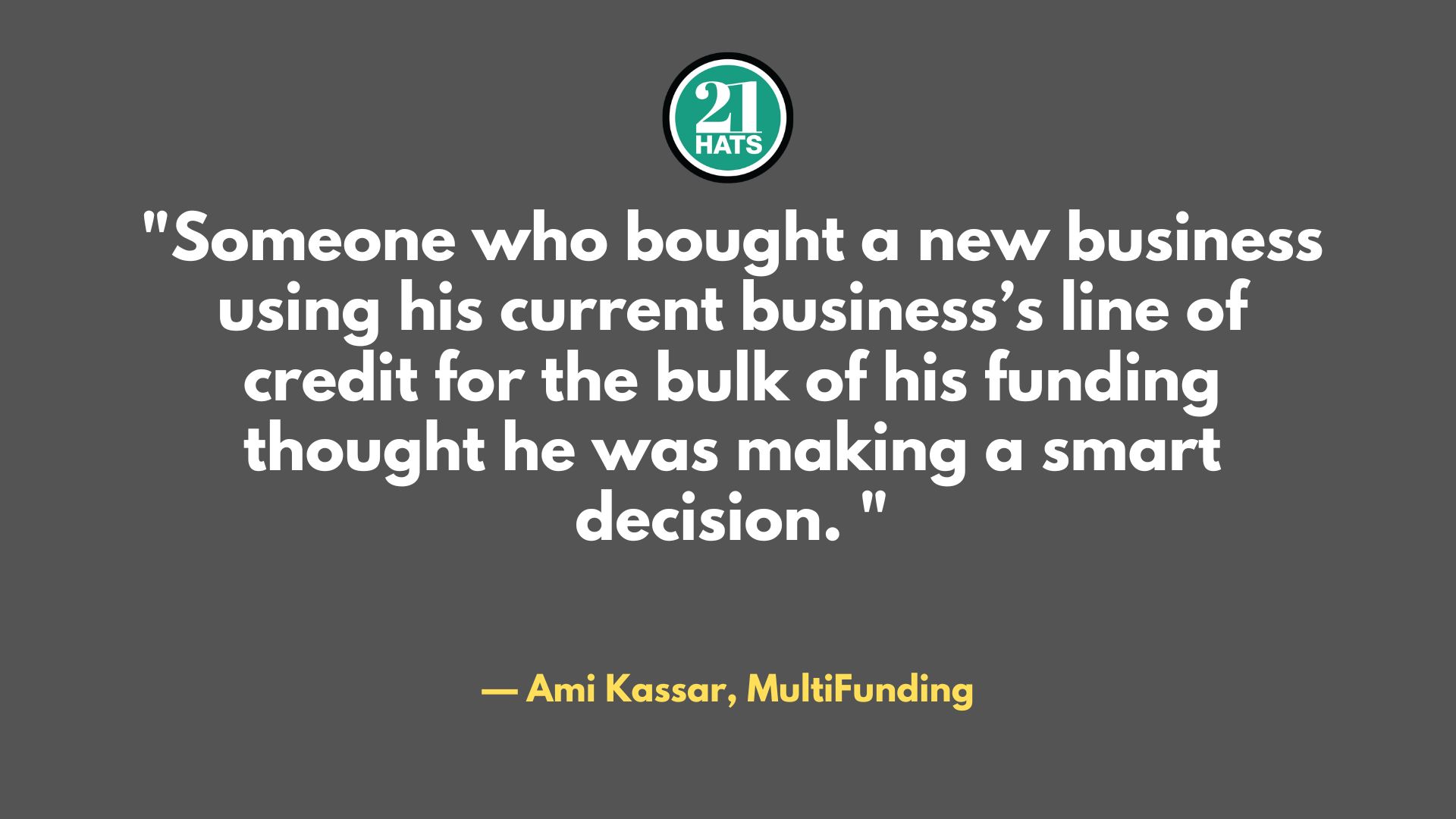When to Use Term Debt vs. Revolving Debt

We’ve met clients who have shared cautionary tales that highlight what’s at stake when you use the wrong kind of debt.
By Ami Kassar
When our phone rings at Multifunding, prospective borrowers typically have a preconceived idea about what kind of loan product they need. It’s super important that they understand the difference between, say, term debt and revolving debt so they can find the appropriate product for their needs. If they get this fundamental structure wrong on their balance sheet, it can cause all kinds of unintended consequences.
Term debt is a loan with a set payment plan scheduled over several months or years. For example, if you borrow $50,000 and pay the money back with monthly payments over five years, you’ll be paying an interest fee and a predictable amount of the principal. Generally, you can also borrow more when you use term debt than you can with revolving debt. However, it takes more time to qualify for term debt, especially since each loan requires a new application.
Revolving debt has some important differences. It’s a loan with more flexibility regarding the timing of paying the money back—it’s like a line of credit. After you set up your revolving loan, the lender tells you the maximum you can borrow. You can borrow money whenever you need it, pay it back on your schedule, then borrow again. Revolving debt usually requires you to pay the money back quickly, and many revolving lenders require that you have a zero balance at some point each year, meaning you need to pay back everything you’ve borrowed. Otherwise, the lender can charge you a penalty or even shut down your line of credit.
Term debt is best used for long-term investments in your business. These include projects like paying for renovations to your store or buying a new piece of machinery. These investments are one-time expenses whose launch schedule you decide on. As a result, you can plan for the longer application process for term debt. A term loan will also spread out the payments for these expenses, which can be fairly large. This will give you the room to pay off the investment over several years so that your payments will be more manageable. Revolving debt doesn’t match up well with these projects because you might not be able to borrow enough to pay for them. You’ll also likely have to borrow too much to pay it back fast enough for the terms of revolving debt.
Revolving debt is best used for your working-capital needs, like buying inventory, making payroll, or handling last-minute expenses and bills. These expenses are less predictable and come up more frequently. By having a “revolver” in place, you’ll be able to borrow money quickly to pay off these expenses. With its longer application period, term debt is typically too slow for these situations. Since these expenses are also smaller, you should be able to pay them off more quickly, so you can handle the shorter window for paying off your revolving debt. You don’t need the extra time from term debt.
We’ve met clients who have shared cautionary tales that highlight what’s at stake when you use the wrong kind of debt. Someone who bought a new business using his current business’s line of credit for the bulk of his funding thought he was making a smart decision and would only be paying the interest on the purchase. But when it came time to renew that line of credit, the bank refused and the borrower had no more liquidity.
Another client bought equipment using his line of credit because of the convenience, and soon forgot about it. When the state of his business changed ten months later, he needed access to his line of credit but had none, and he found that the bank refused to be lenient with him because he had used his credit for a capital purchase.
The message here is: Don’t burden your company with the wrong kind of financing. By keeping these general guidelines in mind, you can put together an effective debt plan for whatever expenses come your way.
Ami Kassar is CEO of MultiFunding.